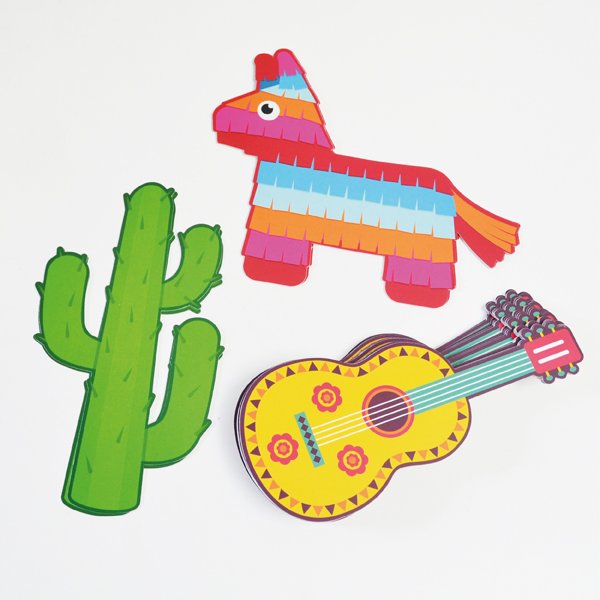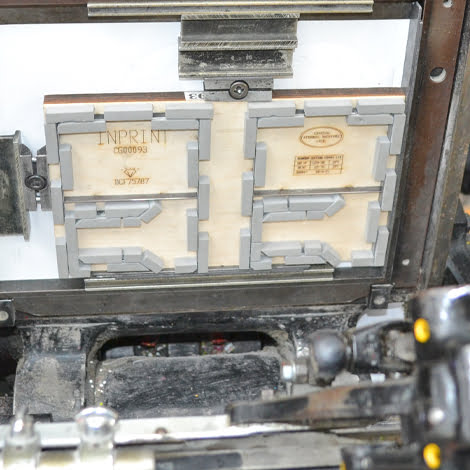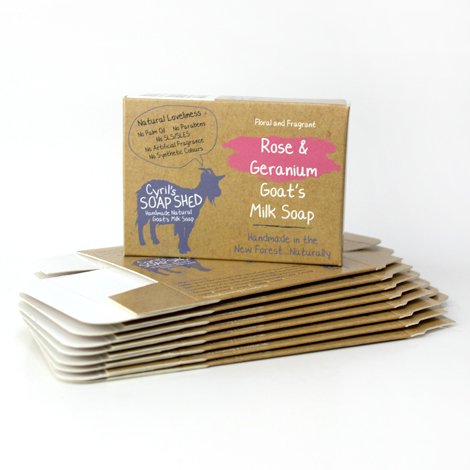Die Cutting Explained
What does die cutting mean? And more importantly, how can it help you create the perfect printed cup sleeve? Read on to learn all about die cutting…
What is Die Cutting?
In the world of printing, die cutting provides a quick and inexpensive way of cutting lots of printed cup sleeves into identical shapes.
Your design is printed on a square or rectangular sheet of material (typically paper or card), then placed in a machine which has been loaded with a custom-made ‘die’ or ‘punch block’ (a block of wood with a metal blade, bent and folded into the desired shape).
When the machine presses the printed sheet and the die together, it cuts out the shape of the blade into the material in an instant. This method is commonly used to create perfectly-shaped cup sleeves that fit snugly around the cup, providing both insulation and a comfortable grip for the user.

Die cutting is for more than just eye catching custom cup sleeves however, it also helps create the more functional aspects of printed products such as pockets and flaps on folders and boxes plus the curves, circles and intricate interlocking elements on our speciality print.

Die cut block

Block mounted on platten

Custom cut boxes
Why is die-cutting beneficial?
Die-cutting is the perfect solution for creating custom cup sleeves quickly and easily. By designing a die-cut template, you can cut out hundreds of identical shapes in one go, saving time and effort compared to using a digital cutter. Once your die is created, you can reuse it time and time again, ensuring perfect cup sleeves each and every time!
Which materials can be die-cut?
Die-cutting functions best on materials with low resistance, such as paper and card. The minimum weight of paper that can be die-cut is 170gsm, which is equal to about 140 microns thick. The maximum weight of paper that can be die-cut is 500gsm, or around 600 microns in thickness. Microns are a unit of measurement that is equal to one thousandth of a millimetre.
What about foamboard, correx and dibond?
Heavier weight large format materials such as cup sleeves will have to be digitally die cut. Unlike die cutting which uses physical dies to create the shape, digital cutting uses a blade which follows a computer-programmed path to create the shape. A digital cutting machine consists of a flat table area and a set of cutting, milling and scoring attachments mounted on an arm. This arm allows the cutter to move left, right, forwards and backwards, and when the printed cup sleeves are placed on the table, the cutter travels across the sheet along the programmed path to cut out the shape.
Digital die cut paper and card
Technology moves fast and now you are able to produce “die free” cutting with excellent results on a whole range of weights of paper and card!
This has the advantage of keeping both cost and production times down, due to bypassing the need for an expensive die block.
While not being able to match the output volume of traditional die cutting the digital die cutting options are perfect for lower runs of print or prototypes for larger die cutting formes.
Technology is advancing quickly, allowing for the production of “die free” cutting with outstanding results on a wide array of paper and card thicknesses. This provides advantages of lower costs and faster production due to the elimination of expensive die blocks. Digital die cutting might not be able to match the output of traditional die cutting, however it is ideal for lower print runs or prototypes for bigger die cutting forms.

Digitally cut cake box
If you have any more questions about die cutting, traditional or digital call us on 023 8087 8037 or email us.
